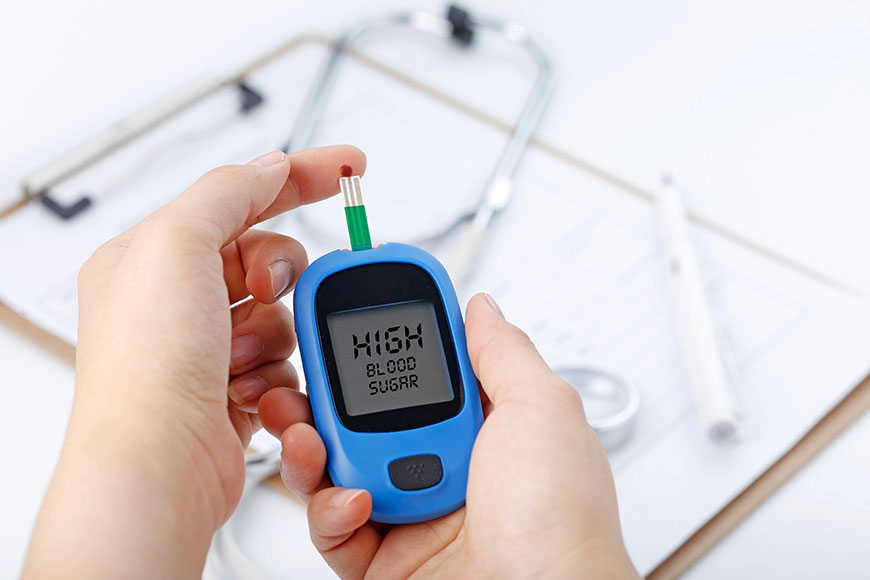
Diabetes is a chronic condition from which millions of people are suffering globally. It occurs when your body is unable to produce or properly use insulin, a hormone that regulates your blood sugar levels. Diabetes can lead to serious complications if left untreated, so it’s important to recognize the early signs and symptoms.
According to studies, globally 537 million adults or 1 in 10 people in the age-group of 20-79 years have diabetes, and it is estimated to grow to 643 million by 2030.
Read on to know about the early signs of type 1 and type 2 diabetes to prevent its onset.

Type 1 Diabetes
Type 1 diabetes, earlier called juvenile diabetes, can be detected in children and young adults. When your body’s immune system starts attacking the insulin-producing cells in the pancreas, you may be at risk for type 1 diabetes. This results in your body being unable to produce insulin, leading to rise in blood sugar levels.
Symptoms of Type 1 Diabetes
You can watch out for these type 1 diabetes symptoms that include:
-
Increased thirst and frequent urination
When there’s excess sugar in your blood, it makes the kidneys work harder to filter it out, which leads to a frequent need to pee as well as drink more fluids.
-
Fatigue
Without enough insulin, your body cannot properly convert the food you consume into energy, which may often result in you feeling more tired.
-
Unexplained weight loss
When your body is unable to use glucose for energy, it begins to break down fat and muscle to keep functioning properly, leading to weight loss.
-
Blurred vision
Blood sugar level is connected to your vision. High blood sugar levels can cause the lenses in your eyes to swell, which may result in blurry vision.
-
Increased hunger
If your body doesn’t have enough insulin to properly use glucose, it gives you signs that it needs more fuel, thereby often making you feel hungrier.
Type 2 Diabetes
Although type 2 diabetes is typically found in adults, it is becoming increasingly common in children and adolescents as well. It occurs when your body starts resisting insulin or cannot produce enough insulin to keep your blood sugar levels under control.
Symptoms of Type 2 Diabetes:
Type 2 diabetes symptoms are similar to type 1; however, additionally they may include:
-
Slow healing of cuts and bruises
High blood sugar levels can affect your blood circulation and damage blood vessels, thus slowing down the healing process of cuts and bruises.
-
Numbing sensation in hands or feet
One of the common type 2 diabetes includes numbness or tingling in the hands or feet, as high sugar levels can damage your nerves.
-
Risk of Alzheimer’s
Type 2 diabetes increases the risk of memory loss and the onset of Alzheimer’s disease that not only affect your memory but also your thinking capacity and behavioral skills.
-
Depression
Having type 2 diabetes symptoms can affect your mental health and increase stress as well as the risk of depression.
It’s important to note that you may not experience any of the symptoms of type 2 diabetes in the initial stages of the condition. And hence, getting regular check-ups and monitoring your blood sugar levels is necessary if you are at risk for diabetes.
Conclusion
Recognizing the early signs of diabetes is the key to manage and prevent serious complications from the condition. If you experience any of the symptoms listed above, get a health check-up and talk to your doctor to get tested for diabetes. With proper measures, you can live a healthy and fulfilling life while avoiding the risk of diabetes, or managing diabetes, if you have it.


